Although it is sometimes overshadowed by other great destinations such as Paris and the Côte d’Azur, Lyon is one of France‘s most interesting urban centres. The third-largest city in the country offers an excellent combination of historical sites, world-class cuisine, great hotels and everything you are looking for in a city perfect for an urban weekend getaway. Since 24 hours are not nearly enough in this city, we created this post with the best things to see in Lyon in 2 days.
While not as popular, there is no doubt that Lyon is a very interesting tourist destination. You’ll see for yourself after reading this Lyon travel itinerary. To make the most of your 2 days in Lyon, this itinerary will take you through all the great attractions of central Lyon, starting with the unmissable places on the Presqu’île, to historic Vieux Lyon and Fourvière and beyond as we visit World Heritage Sites, gothic churches, art nouveau bridges, and busy shopping streets.
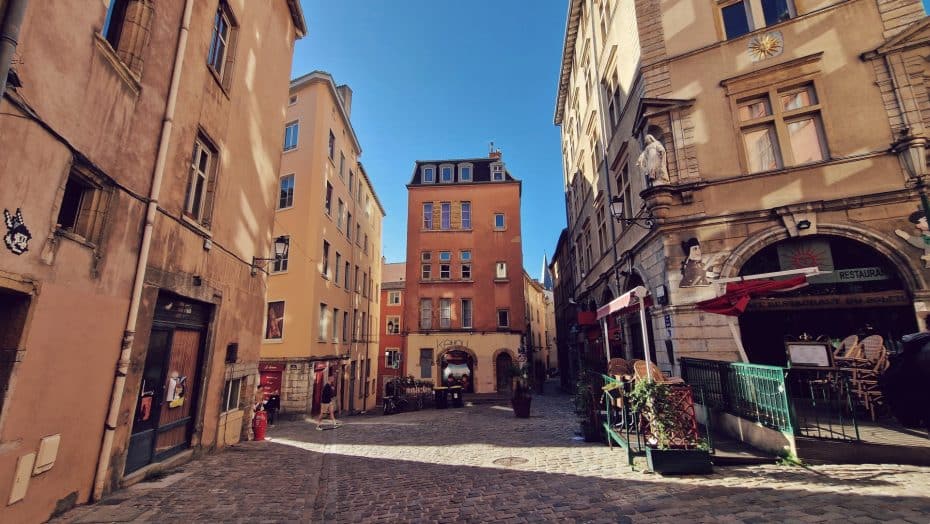
Lyon was founded in 43 BC. by the Romans on a site occupied by the Gauls from the 7th century BC. Legend has it that its mythical founders were the Celtic king Atepomaros and the druid Momoros. The Roman city developed rapidly and became the capital of Gaul in 27 BC. At its height in the 2nd century AD, the city played an important role as a commercial and industrial centre within the Roman Empire.
In the Middle Ages, Charlemagne gave Lyon some of its religious prestige. But it was during the Renaissance (15th century) that Lyon experienced its second golden age by becoming the financial capital of Europe and an important cultural centre. In the 19th century, the silk industry fueled the city’s industrial development. During World War II, Lyon was the epicentre of the opposition to French collaborationism, and Charles de Gaulle called it the “capital of the Resistance“.
After World War II, the city of Lyon turned its face towards modernity to become one of France’s most thriving and interesting cities.
2 Days in Lyon: Travel Tips
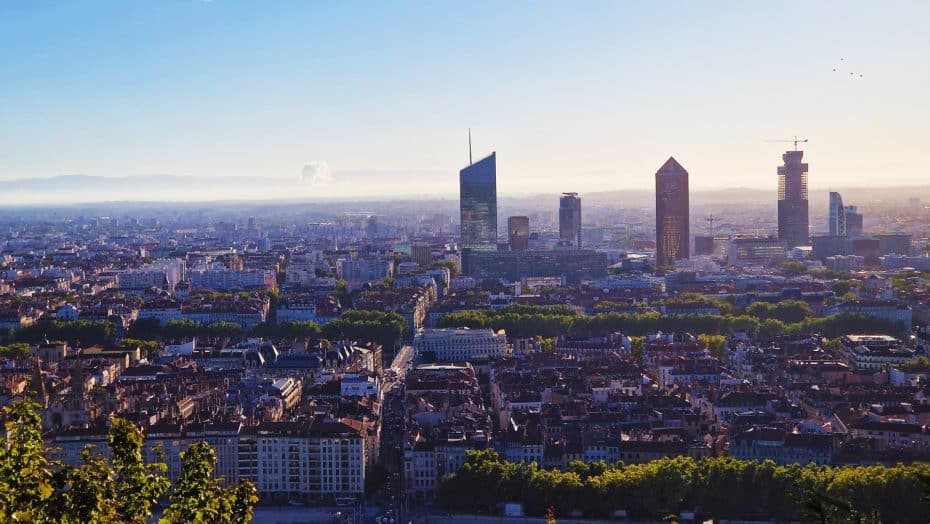
Although most of the things we will discuss in this article about the perfect weekend itinerary in Lyon can be booked once you are in the city, we recommend that you have the basics covered, especially if you travel during the high season.
1. What is the Best Time to Visit Lyon?
Lyon’s climate is semi-continental but is influenced by the Mediterranean Sea. As with all cities in continental Europe, the best time to visit Lyon varies throughout the year and also depends on your taste (and budget).
Summers in Lyon are marked by heatwaves, but also rain and storms. High temperatures between June and August can reach 30°C (86ºF), and sometimes the heat can become suffocating. However, and contrary to most places, August is also the best month to travel to Lyon on a budget, as hotel rates tend to be lower. On the contrary, September is the city’s most expensive month of the year regarding room rates.
Between October and November, you can enjoy a mild and cool climate. Autumn is one of the best times to visit Lyon, thanks to its pleasant temperatures of around 10°C (50ºF) in mid-November.
Winters in Lyon are quite cold and dry. January is the coldest month in the city, with temperatures dropping to 0°C (32ºF). We recommend bringing thick coats, hats and gloves if you travel during the winter. However, during this season, you will find fewer tourists. Winter is also when the popular Festival of Lights takes place. During this festival, the city’s greatest monuments host different light shows and events.
Starting in March, the snow gives way to warmer and milder temperatures. Spring is very pleasant, and thermometers begin to climb closer to 20°C (68ºF) as summer approaches. It is also the ideal season to visit Lyon without it getting too hot (or cold).
2. A Weekend in Lyon: Getting There & Moving Around
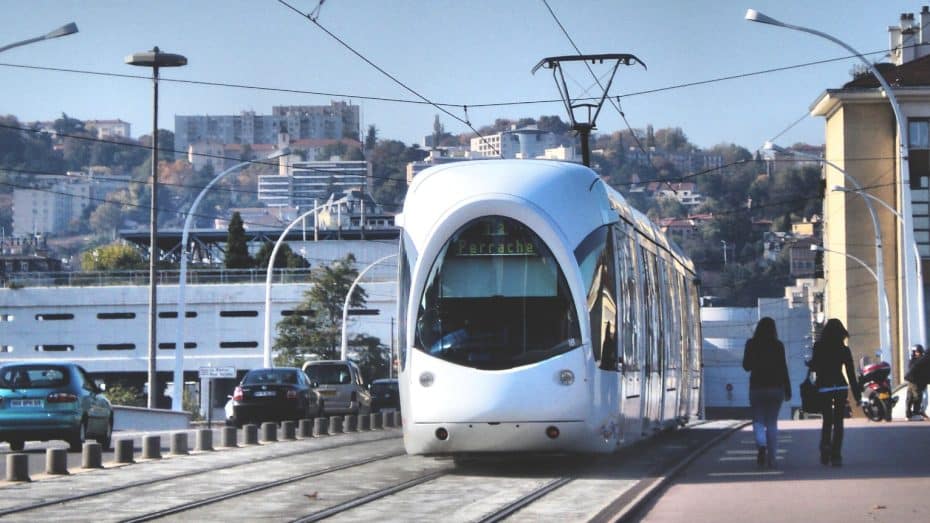
Evidentemente un viaje a Lyon comienza por llegar a la ciudad. La buena noticia es que si vienes desde España, particularmente desde Catalunya, tienes varias opciones para llegar a Lyon.
Getting to Lyon by Train
There are currently no direct train services between Lyon and the UK. That said, the city is a major railway hub in France. It is connected to the French and international high-speed rail network and offers easy access to Paris, Lille and Brussels, all of which are linked to London via the Eurotunnel and Eurostar services.
If you decide to visit Lyon from any other city in France, the city has an excellent offer of connections and trains from practically every major French city, including Paris (1 hour and 50 minutes), Marseille (1 hour and 40 minutes) or Toulouse (4 hours). In addition, Lyon Part-Deu Station offers international connections from Geneva (2 hours and 40 minutes), Barcelona (4 hours and 55 minutes) and Milan (6 hours).
Getting to Lyon by Air
Lyon Saint Exupéry Airport (LYS) is an airport located about 25 km (15 mi.) east of Lyon.
This important airport, the fourth busiest in France, offers mainly domestic and European flights through Air France and other major airlines. Its location between Paris and the French Riviera makes it a privileged location to reach most regions of France and dozens of European and international destinations.
From the UK & Ireland:
Lyon is easily accessible from several cities in Great Britain and Ireland thanks to frequent traditional and low-cost carrier connections. London has direct links to LYS via British Airways (Heathrow & Gatwick) and Easyjet (Gatwick & Luton). Easyjet also offers seasonal flights to other UK destinations, including Manchester, Bristol, Belfast and Edinburgh. Meanwhile, Jet2 also connects the French city to Manchester in the summer, and Aer Lingus offers year-round flights from Dublin Airport in the Republic of Ireland.
From North America:
Except for an Air Canada flight to Montrèal, there are no direct flights from any country in the Americas to Lyon. The easiest way to get to Lyon from the US is through Paris Charles de Gaulle. Alternatively, you can use other European hubs like London Heathrow or Dublin Airport.
Moving Around Lyon
To move around by public transport, Lyon has a pretty comprehensive metro, bus and tram network. There are 4 metro lines, 5 tram lines, 2 funicular lines and more than 120 bus lines.
In general, public transport operates from 5 a.m. until midnight. That said, each line has its schedule. You can check all the information on the Lyon public transport website.
There are also bicycle rental services, taxis and mobile applications such as Uber.
The best way to get around Lyon to see the whole city is a combination of public transport and walking. Remember to bring comfortable shoes, as much of the city is on a slope.
If you want to get around by car, keep in mind that parking in Lyon is complicated and expensive. If you arrive by car, it is best to leave it in the car park and travel by public transport around the city.
If you have limited mobility or little time to visit the city, another option may be taking the sightseeing bus, which allows you to discover places such as Fourvière, Vieux Lyon and Confluences in a journey of about two hours. It includes an audio guide available in 8 languages. You can book your sightseeing bus tickets here.
3. Accommodation & Best Area to Stay in Lyon
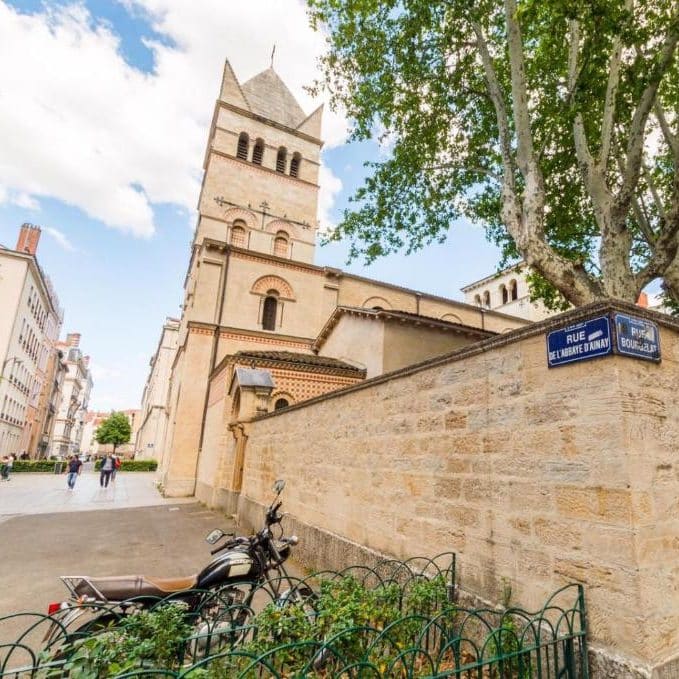
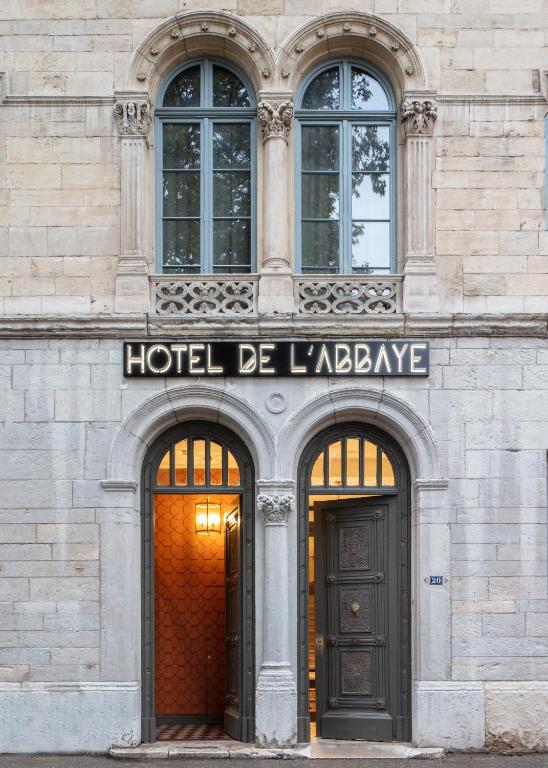
The best area for tourists in Lyon is Presqu’île, a very central administrative, commercial and tourist section of town located right in Lyon’s heart. La Presqu’île, which literally means “the peninsula”, occupies the long strip of land between the Rhône and Saône rivers and comprises arrondissements 1, 2 and 4. This district, recognized as a UNESCO World Heritage Site, is home to the city’s main cultural institutions, squares, train stations, shopping and nightlife areas, and a large part of the best-rated hotels.
Other areas to keep in mind include the Old Town (Vieux Lyon) and the TGV Part-Dieu Station area.
Read more about the best areas to stay in in Lyon, France.
4. Guided Tours, Attraction Tickets & Activities in Lyon
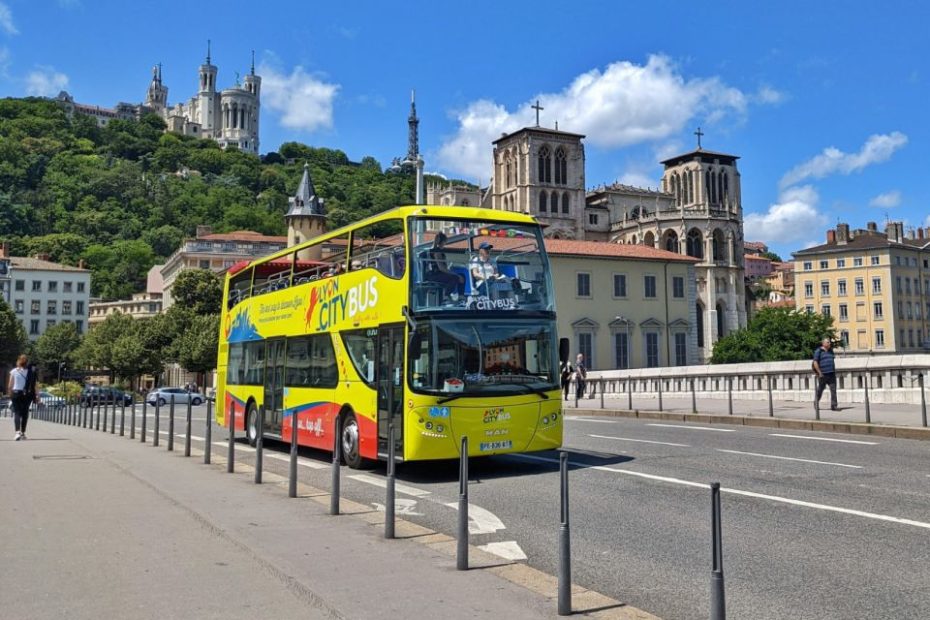
You have to organise your time well for a two-day visit to Lyon as there are many things to see in the city.
If you don’t know what to do in Lyon or how to organize your time for a short visit, we recommend that you visit the Lyon Tourism official page. It is available in English and has lots of information and ideas for visiting the city.
As in other big cities, the best way to explore the attractions of Lyon is with a guided tour. Fortunately, being one of France’s most important tourist destinations, this city offers dozens of activities, tours and guided visits.
This is a list of some of the best tours and activities you can enjoy in Lyon:
To save even more on your 2-day visit to Lyon, we recommend buying the Lyon City Pass, which gives you unlimited access to Lyon’s public transport (metro, bus, tram and funicular) and offers free entry to 23 museums and temporary exhibitions, guided tours, river cruises and puppet shows, as well as discounts on shopping and theatres. You can purchase the Lyon City Pass here.
Things to See in Lyon in 2 Days: The Ultimate Itinerary
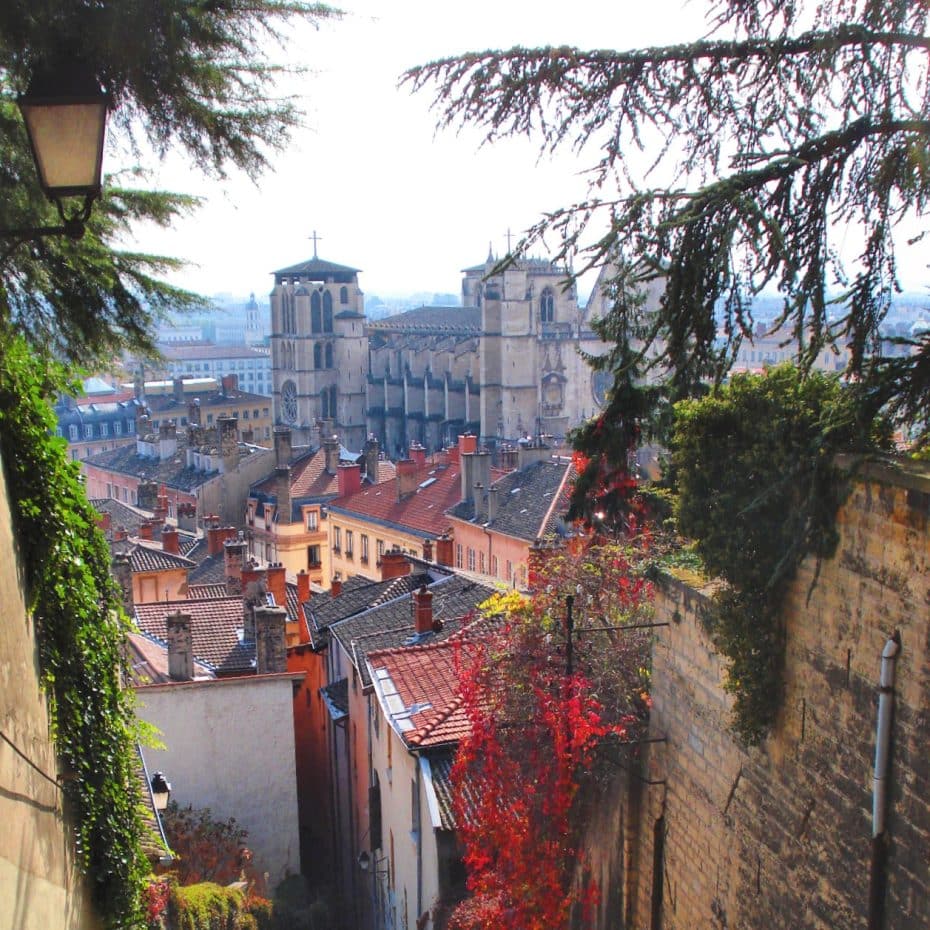
Two days are perfect for visiting Lyon. The city has enough things to do to keep you busy and entertained. Based on our experience, this is how we suggest you spend 48 hours in Lyon.
48 Hours in Lyon: Day 1
To begin your visit to this French city, you will surely want to start with Lyon’s must-see attractions. With that in mind, we’ll explore part of the Presqu’île before crossing into the famous Renaissance-era area of Vieux Lyon and the Fourvière neighbourhood.
1. Place de Bellecour
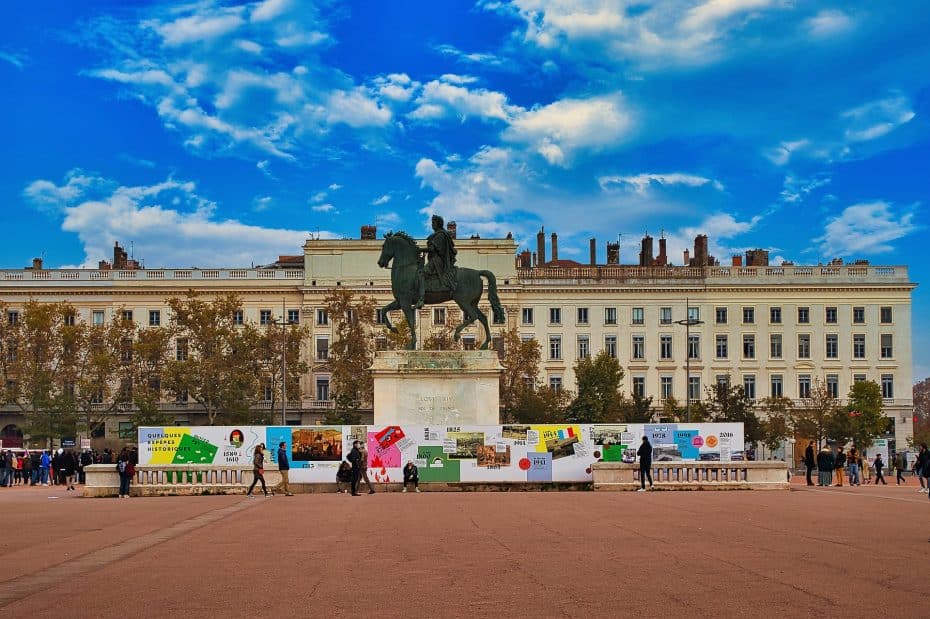
To start discovering Lyon, we chose the central point of the city. In fact, all distances in Lyon are calculated from the centre of this square. Considered the largest pedestrian square in Europe, this 6-hectare public space is crowned by a large equestrian statue of Louis XIV.
Depending on when you visit the city, you can also ride the famous Ferris wheel offering views of Lyon from a height of 60 metres.
2. Rue Mercière
Rue Mercière is a picturesque pedestrian thoroughfare and one of the oldest streets in Lyon. It is located in the Les Cordeliers neighbourhood, in the 2nd arrondissement. From north to south, it connects the Place des Jacobins with the Place d’Albon.
This street is served by the Bellecour and Cordeliers metro stations on line A. Here you will find many bars and famous bouchons lyonnais. A bouchon is a type of restaurant that serves traditional Lyonnaise cuisine, such as sausages, duck pâté or roast pork. Lyonnaise dishes tend to be fattier and meat-oriented than other types of French cuisine.
3. Place des Jacobins
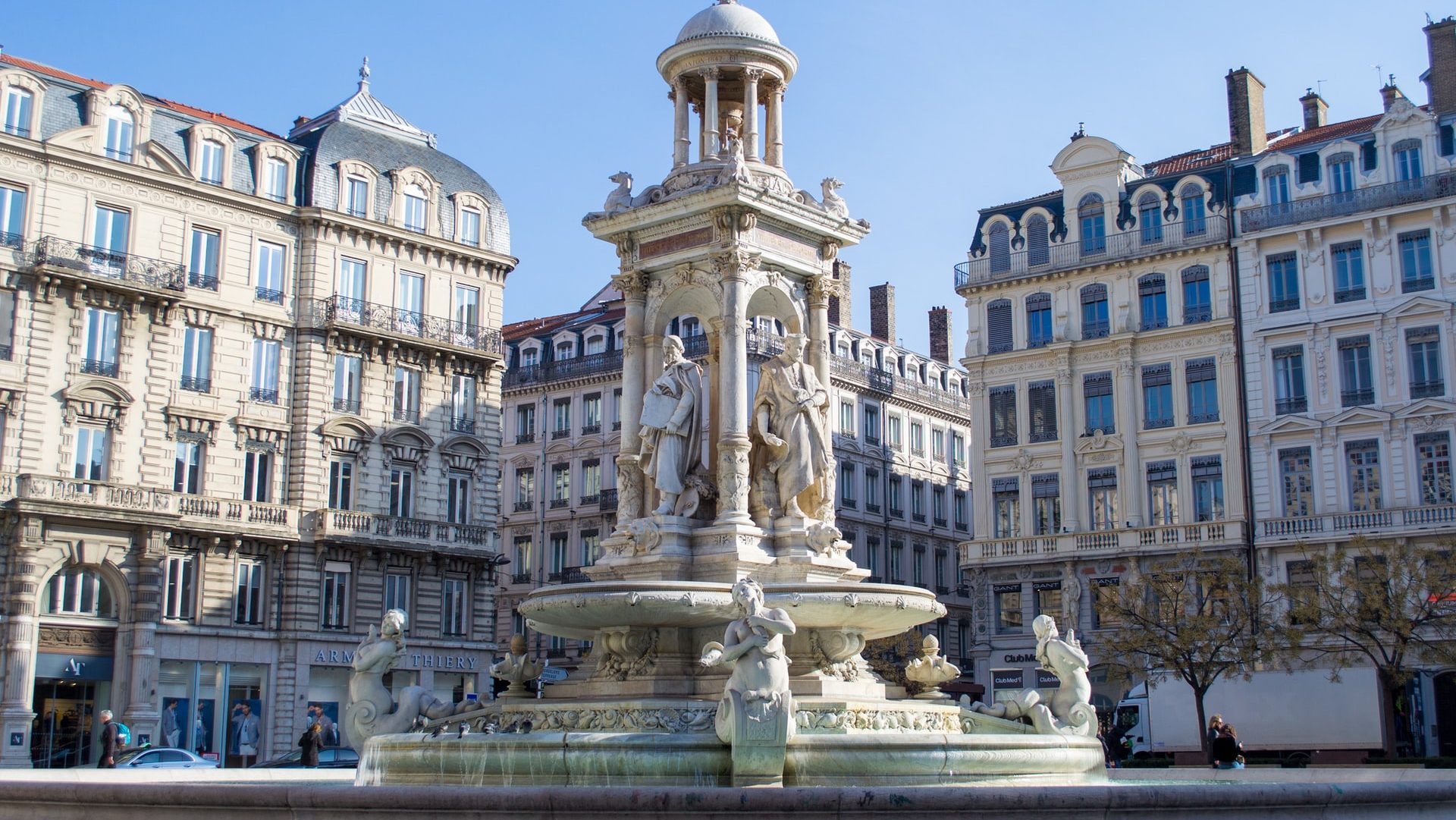
After strolling and exploring the Presqu’île’s shopping streets, lined with elegant old buildings, head to Place des Jacobins (Square of the Jacobins). Although it is not necessarily the largest square, it is certainly one of the most beautiful in the city. The Place des Jacobins is surrounded by beautiful architecture and is a great place to immerse yourself in Lyon’s atmosphere.
4. Saône Riverside
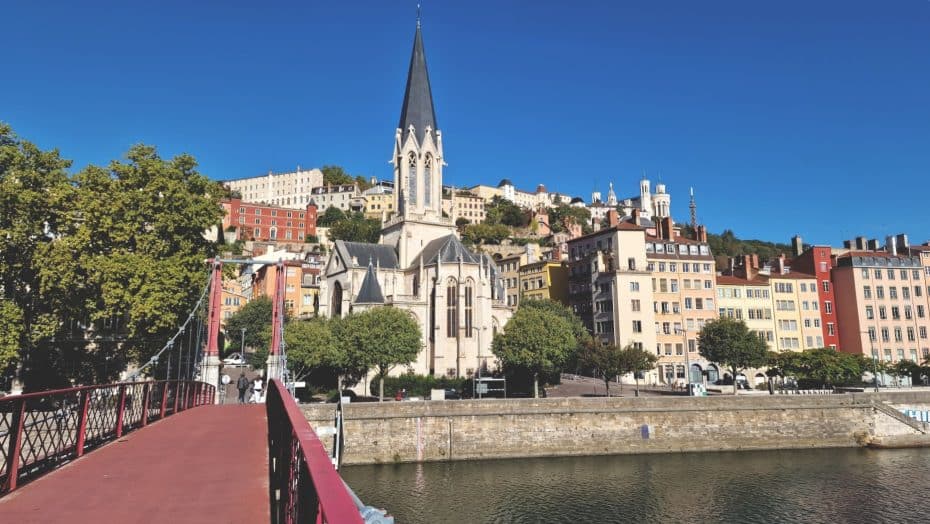
Lyon is a city defined by its two rivers, so a walk along at least one of its banks is an unmissable thing to do in Lyon on a short visit.
Since we are on the Presqu’île, choosing the Saône River as a place to stroll makes sense. The bank of the Saône River is probably the most scenic promenade in Lyon and one of the most pleasant places in the city. This riverbank has pedestrian paths that follow the streets of the city and others along the river.
From here, you can access the city’s historic centre through one of its bridges, such as the Passerelle du Palais de Justice or the Passerelle Saint Georges de Lyon.
5. Vieux Lyon
Across the river is the city’s most visited area, Vieux Lyon.
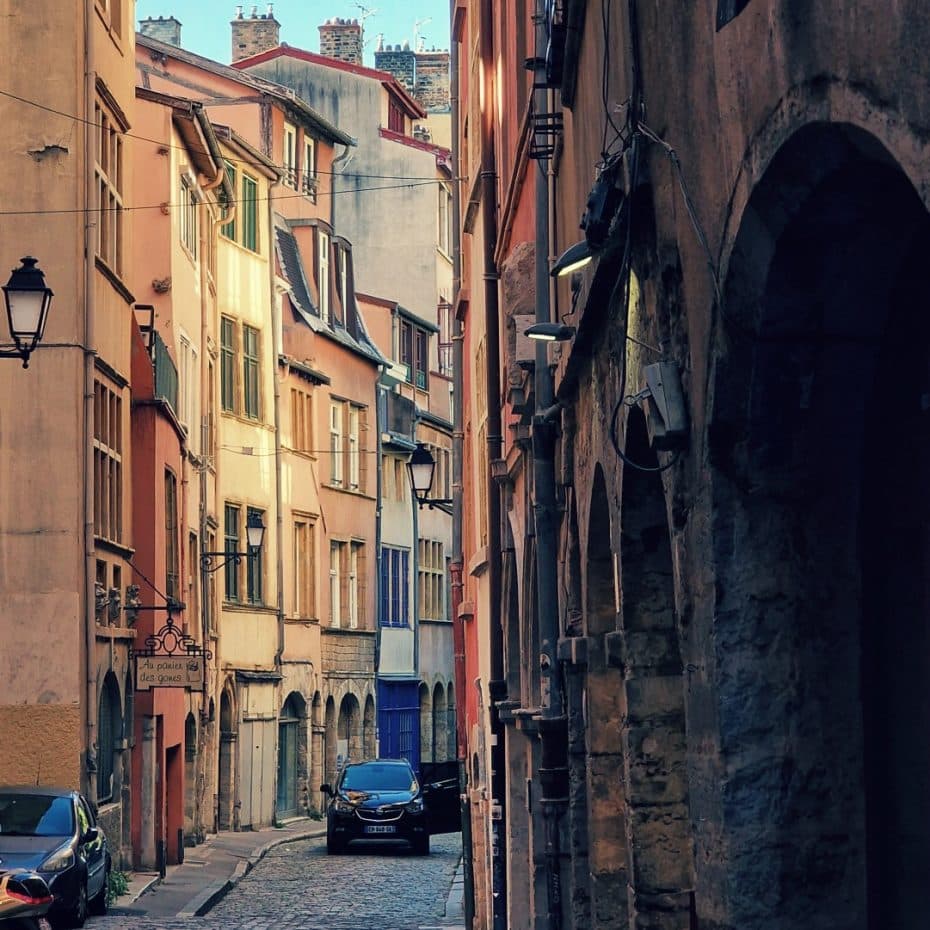
Vieux Lyon (Old Lyon) is a medieval and Renaissance neighbourhood located at the foot of the Fourvière hill. This old neighbourhood is one of the few districts that has remained practically intact since the 16th century and was inscribed on the UNESCO World Heritage List.
The Old Town quarter stands out for its Renaissance architecture and its alleys. Vieux Lyon was where the city’s wealthy merchants and bankers lived during the city’s heyday. While their homes may appear modest from the street, venturing inside reveals a whole different story.
During a weekend visit to Lyon, I suggest you start at the district’s northern end and leisurely wander through streets such as Rue Saint-Jean and the fascinating side alleys.
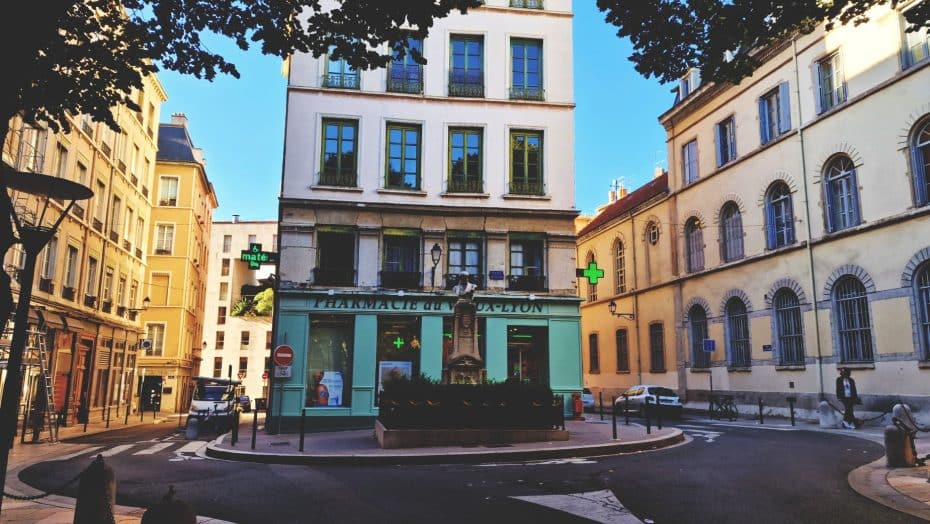
Vieux Lyon is also home to several unusual but fascinating museums; First, there is the Gadagne Museum, which houses both the History Museum and the Museum of Puppets. You’ll also find the Museum of Movies and Miniatures within walking distance. Here, you can learn about movie props and special effects.
6. Saint-Georges Church
The current neo-Gothic church of Saint-Georges replaced the medieval church of Sainte-Eulalie in 1844. The work of Pierre Bossan and Louis Bresson, this church is one of the symbols of Lyon’s historical city centre.
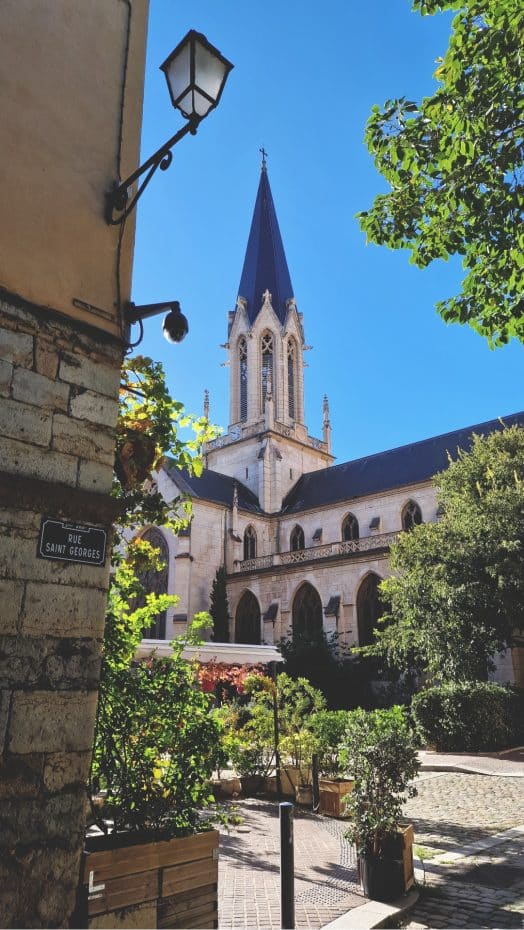
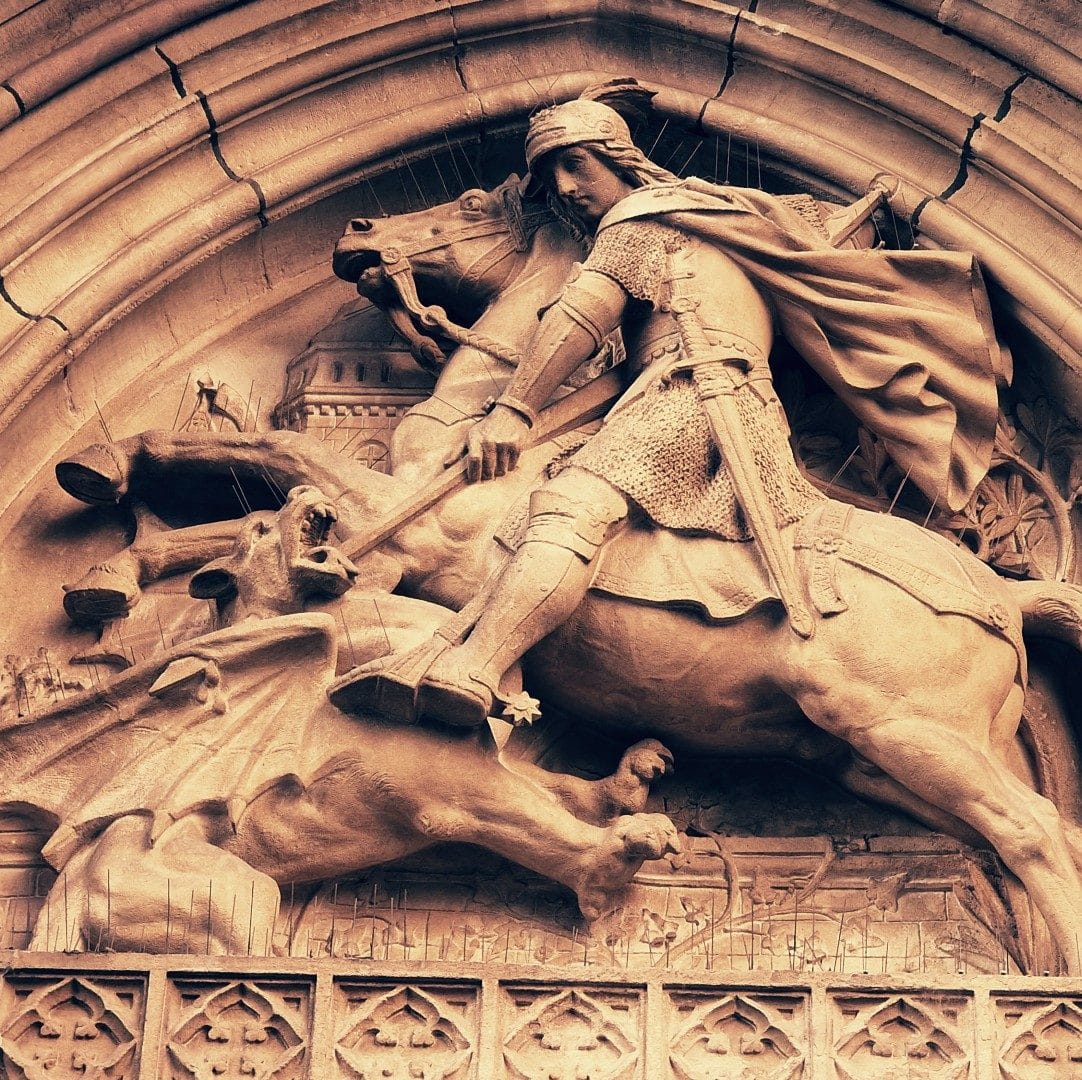
On the façade, you can admire the relief of Saint George slaying the dragon framed by Saint Peter and Saint John. The Virgin with the Child that adorns the pediment was made by the sculptors Comparat and Cony.
8. Lyon Cathedral
One of the most outstanding attractions in the Vieux Lyon is undoubtedly the Cathédrale Saint-Jean-Baptiste, which is located in one of the district’s main squares.
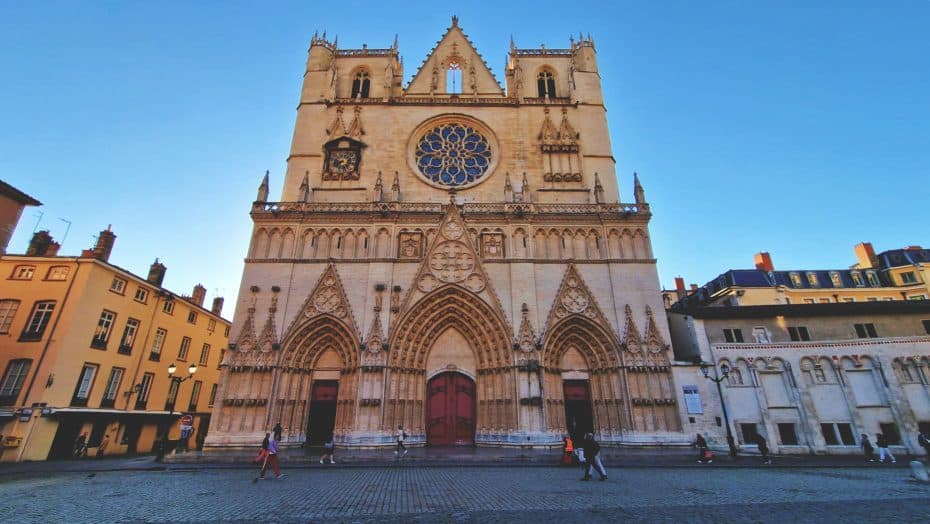
The construction of the Lyon Cathedral took 300 years, from the end of the 12th century to the end of the 15th century. Its history was marked by several important dates: the first Council of Lyon in the presence of Pope Innocent IV in 1245, the reception of the body of Saint Louis in 1271, the coronation of Pope John XXII in 1316, the marriage of Marie de Medici and Henry IV in 1600 or the visit of Napoleon and Josephine in 1805.
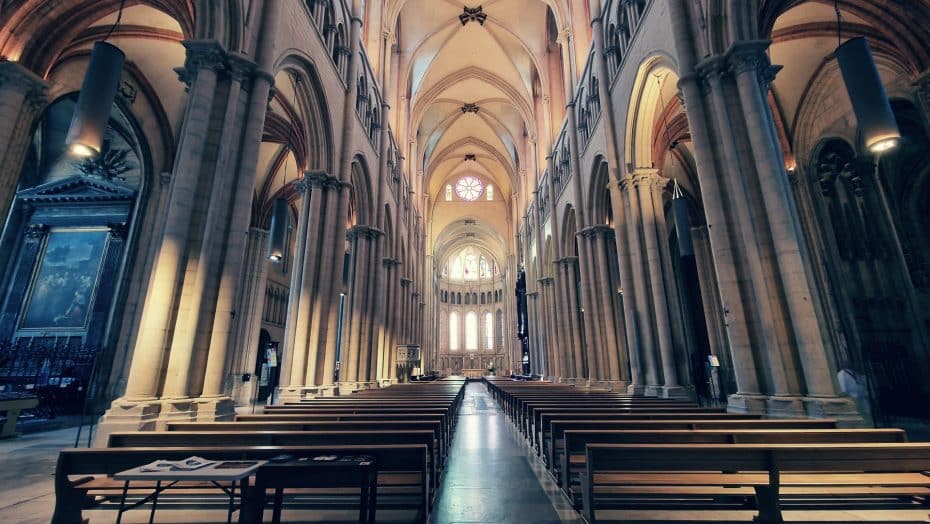
Although it is considered a Gothic cathedral, the architectural and decorative elements represent various eras: the astronomical clock was made at the end of the 16th century, the rose windows date from the 14th century, and the Flemish Gothic-style chapels are from the 15th and 16th centuries.
This grand church becomes even more interesting during the Lyon Festival of Lights each December when its façade becomes a canvas for light displays.
Outside, to the north of the Cathedral, there’s a small archaeological garden where you can find remains of other historic religious buildings.
48 Hours in Lyon: Day 2
After our first day, in which we have seen some of Lyon’s best-known attractions, we can now move on to its impressive Roman monuments and most famous votive church. We continue the list of things to see in Lyon in 2 days on Fourvière hill, the birthplace of Lugdunum, the capital of the Three Gauls.
9. Basilica of Our Lady of Fourvière
The Basilica of Notre-Dame de Fourvière was built between 1872 and 1896 on the old Trajan’s Forum site.
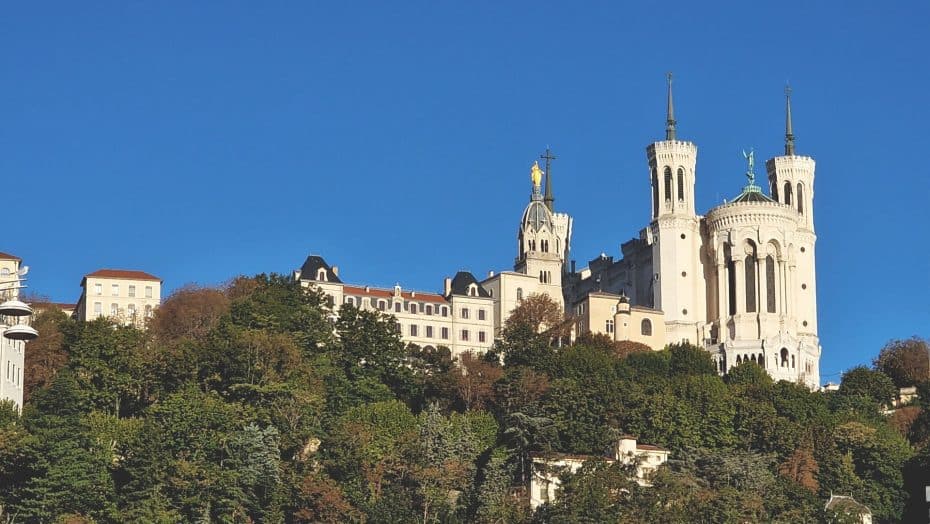
The 86 metres long and 35 metres wide Neo-Byzantine-style building is impressive. It features two octagonal towers representing Justice (on the right) and Strength (on the left). Behind the portico’s carved columns is a bronze door surmounted by various sculptures of angels, Mary and Jesus.
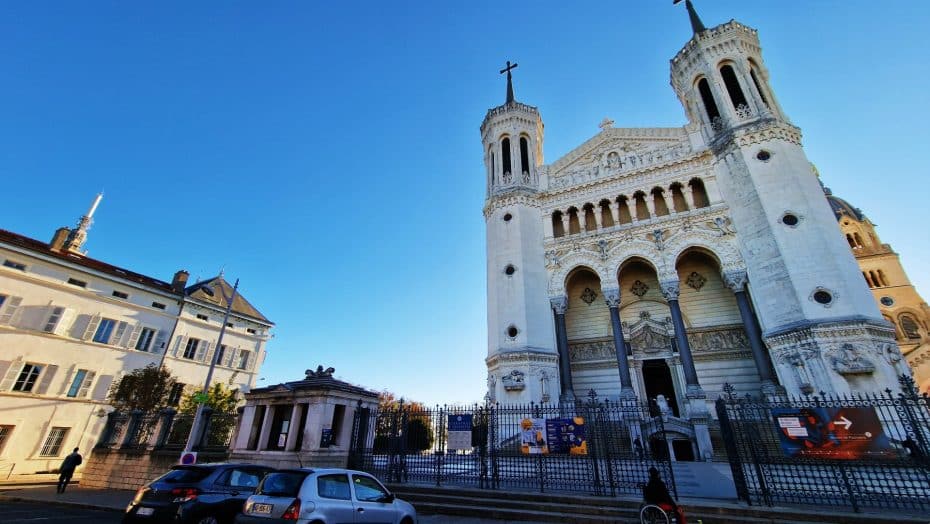
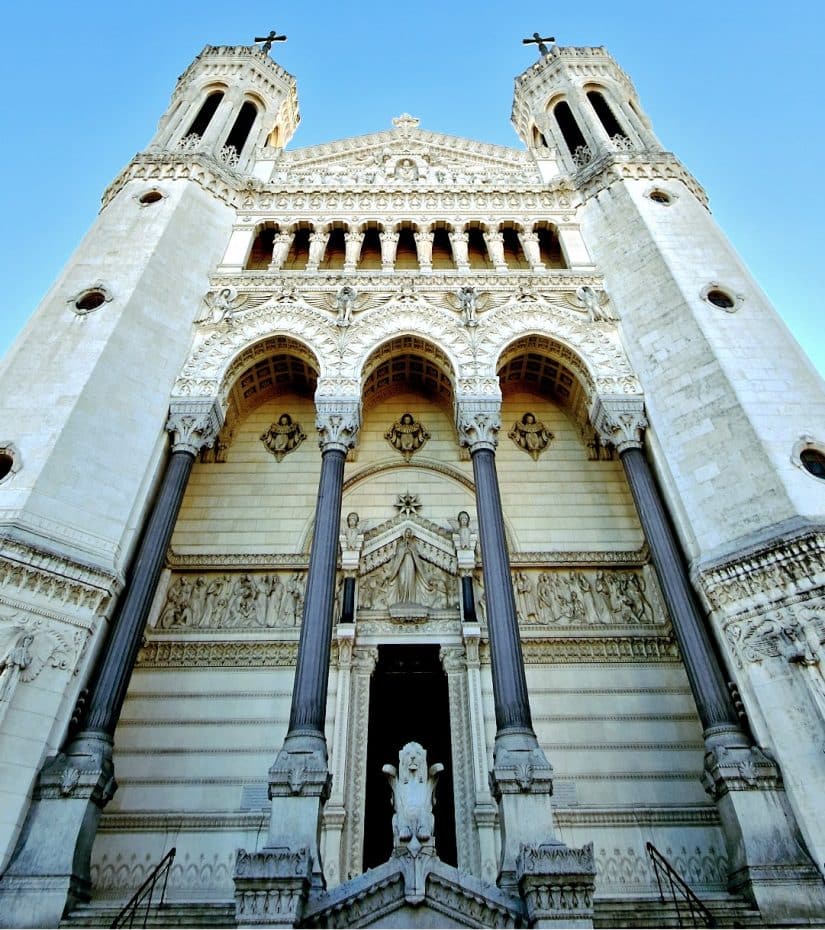
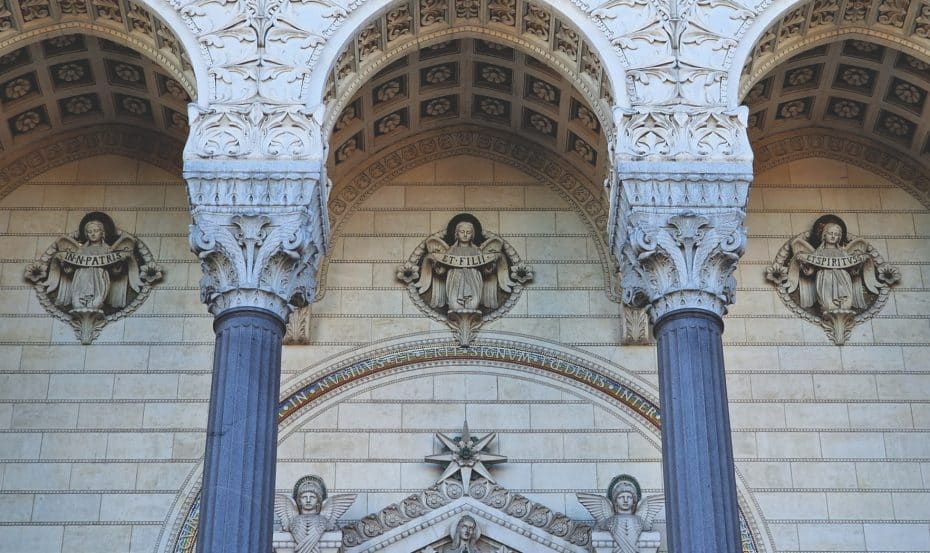
The interior of the basilica is spectacularly ornate and full of colour. The side walls are covered with colourful mosaics depicting historical and religious scenes. The church is made up of three naves supported by imposing monolithic columns, and its three domes are richly decorated with scenes of the life of the Virgin Mary.
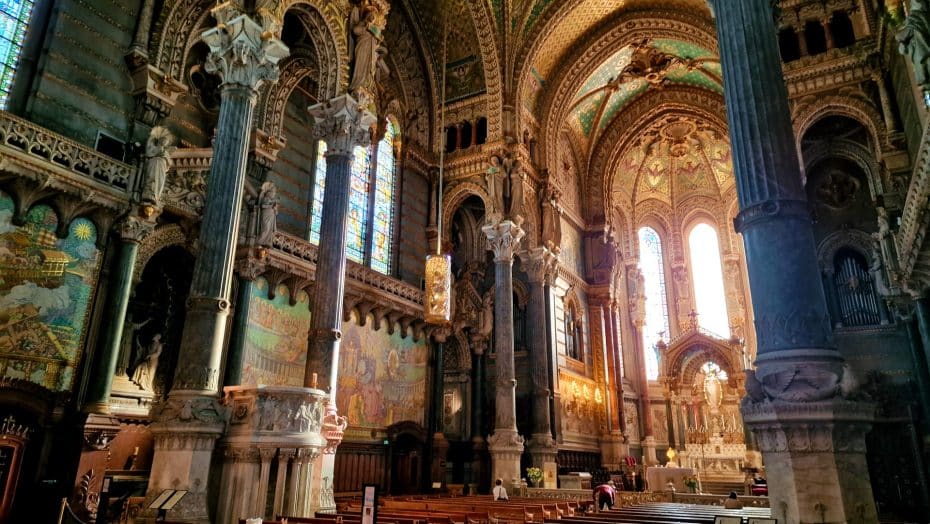
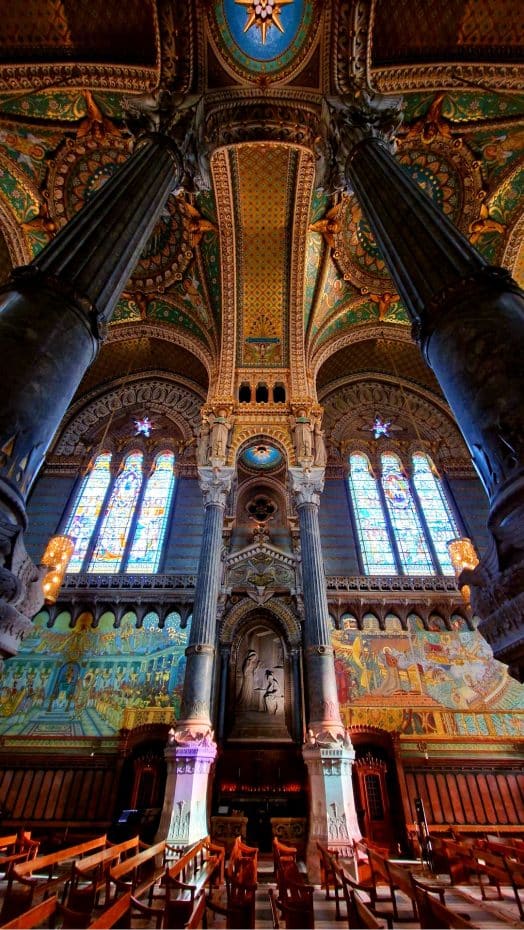
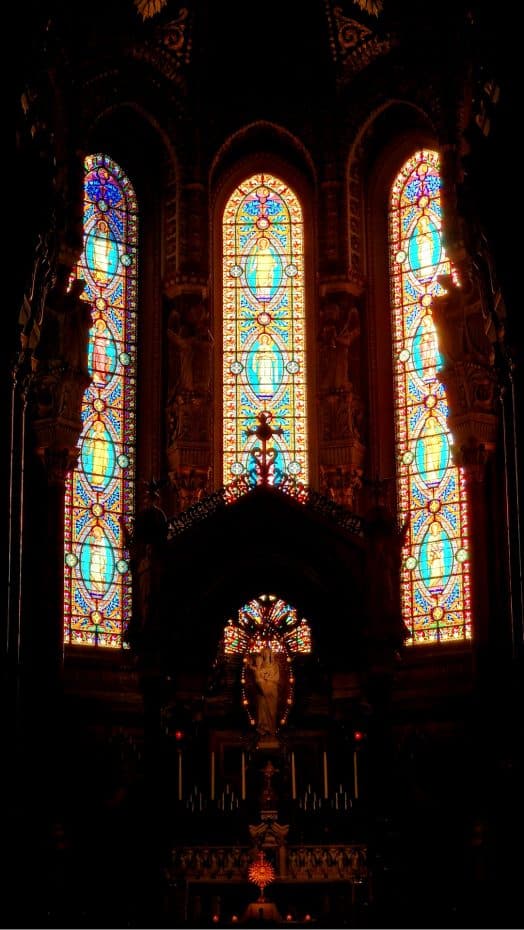
The building has been listed as a historical monument of Lyon since 1977 and was subsequently recognized as a World Heritage Site in 1998 as “Historic Site of Lyon“.
The basilica is one of Lyton’s icons and receives more than two million tourists a year. The complex includes the basilica and Saint Thomas’s chapel, the garden, and the panoramic esplanade offering fabulous views of the city.
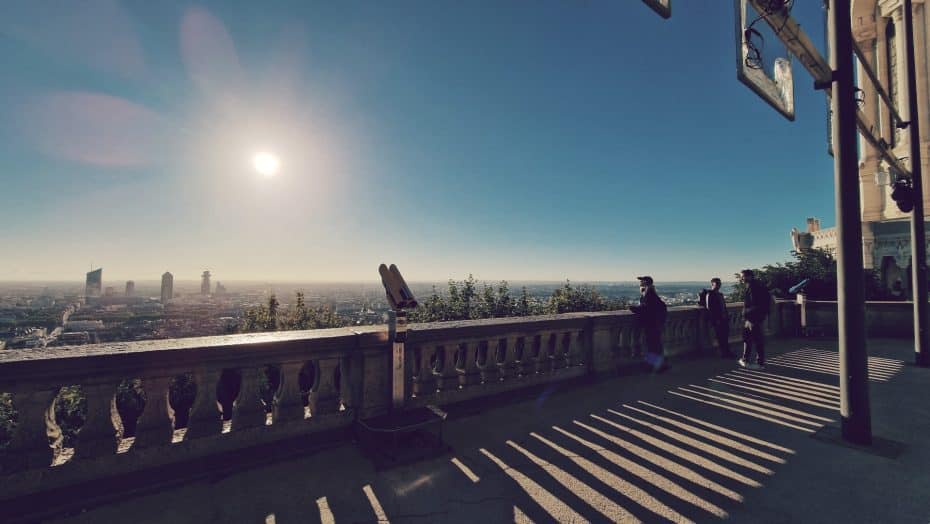
10. Roman Theatre & Archaeological Site of Lugdunum
A few meters from the Basilica of Notre-Dame de Fourvière is the Archaeological Site of Lugdunum, which includes the remains of the great Roman Theatre.
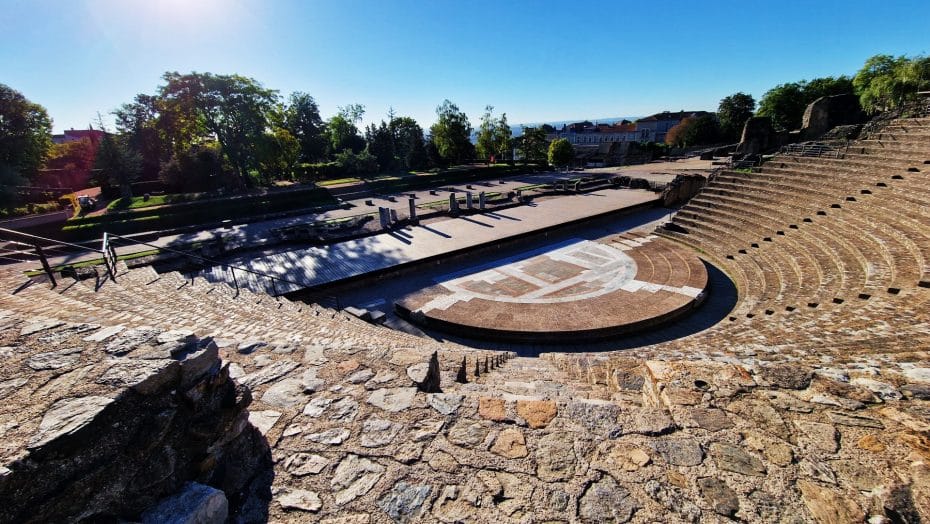
The theatre was built around the year 15 a. C. and had a capacity for about 10,000 spectators. The first rows were dug directly into the ground, while the following rows were supported by vaults.
Behind the stage, there was originally a 30-meter-high wall that closed off the horizon. Marble slabs and columns made up the permanent background of the stage. At the end of the stage, there is a pit which used to contain the curtains. Instead of descending, the Roman Theatre curtains emerged from the pits thanks to a system of counterweights.
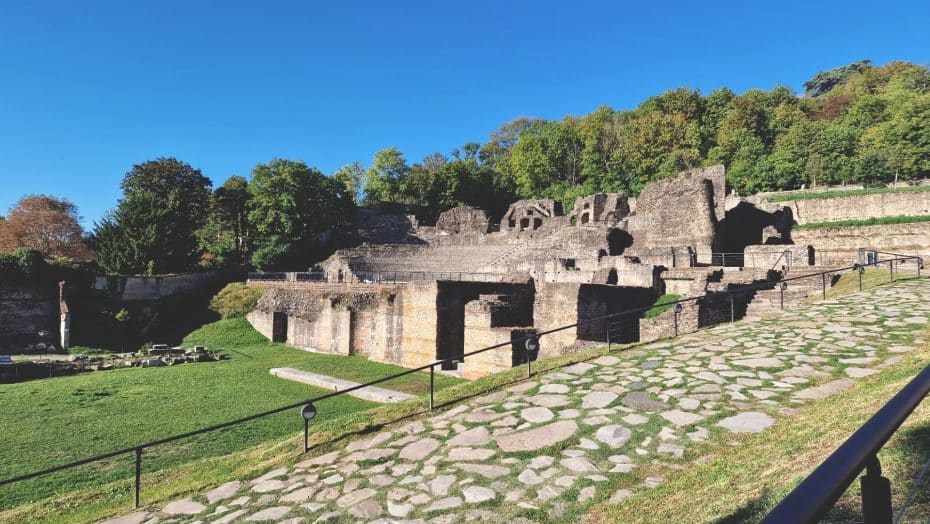
Above the theatre and the neighbouring Odeon, you can still see foundations of houses, shops and a public monument built on both sides of a narrow cobblestone street. The archaeological site was used as a stone quarry after the buildings were abandoned, so most of the large stone blocks disappeared.
11. Lugdunum (Fourvière Gallo-Roman Museum)
After visiting the archaeological site, head to the museum to learn more about the history of Lugdunum, the capital of the Three Gauls.
The archaeological finds in the museum are presented by theme and offer a detailed description of all aspects of life in Roman Lugdunum, from political, military, religious and civil organization to those related to the home, crafts and the advent of Christianity.
The most notable piece in the museum is the Claudian Table. Discovered on the slopes of Croix-Rousse in 1528, the tablet includes the speech of Emperor Claudius (41-54 AD) intervening on behalf of the Gauls to grant them the same rights enjoyed by Romans.
12. La Croix-Rousse
La Croix-Rousse is the bohemian district of Lyon. You will find many small shops, art galleries, traditional restaurants, bars, a large market and a special atmosphere here.
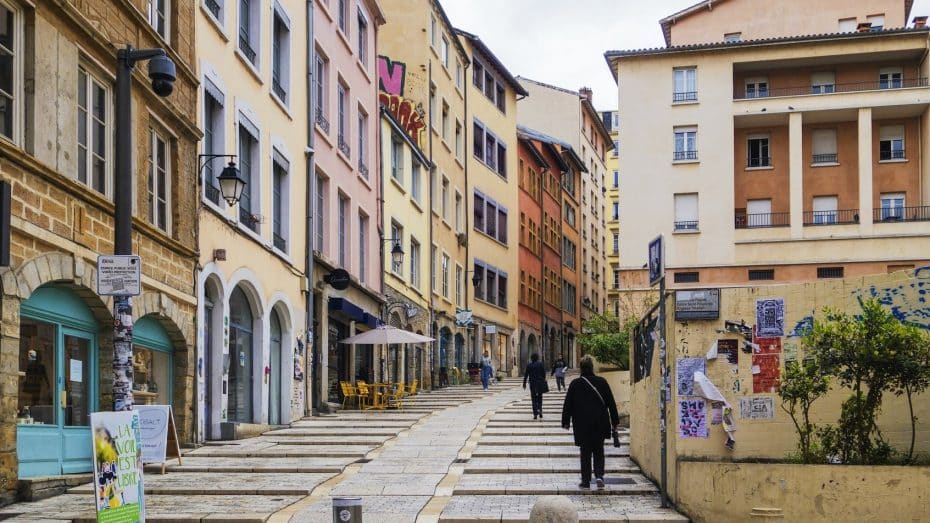
Located on a hill above the Place des Terreaux, this neighbourhood has been transformed over the years and, until not long ago, was a working-class area with a few textile factories.
As in Vieux Lyon, this historic area is full of old buildings and alleyways. Full of history and charm, La Croix-Rousse is a must-see in the city during a weekend visit to Lyon.
To get there, you can take the metro to Hénon station or walk up the picturesque and colourful Lyon stairs on rue Prunelle.
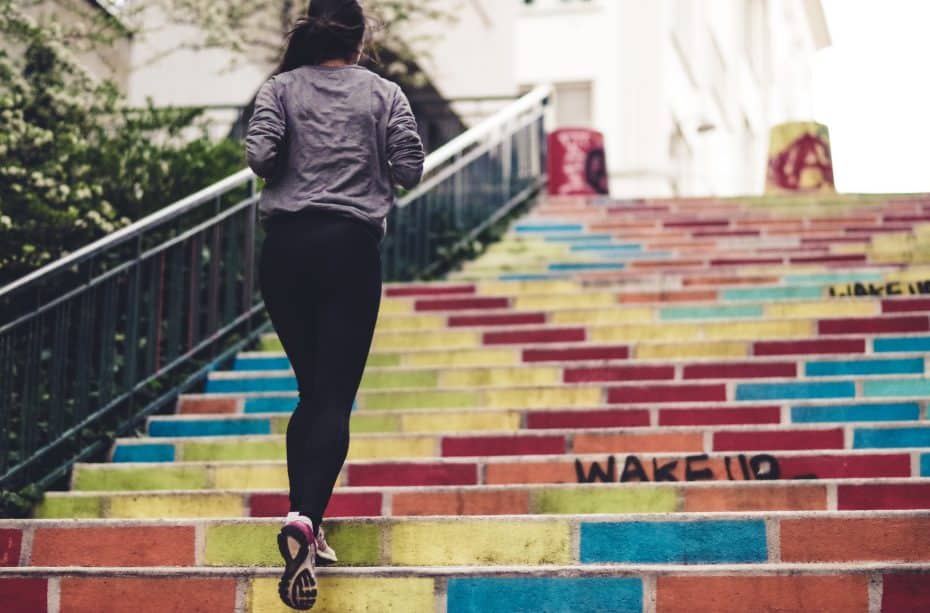
13. Parc de la Tête d’Or
To end this visit to Lyon, our last stop will be the Parc de la Tête d’Or.
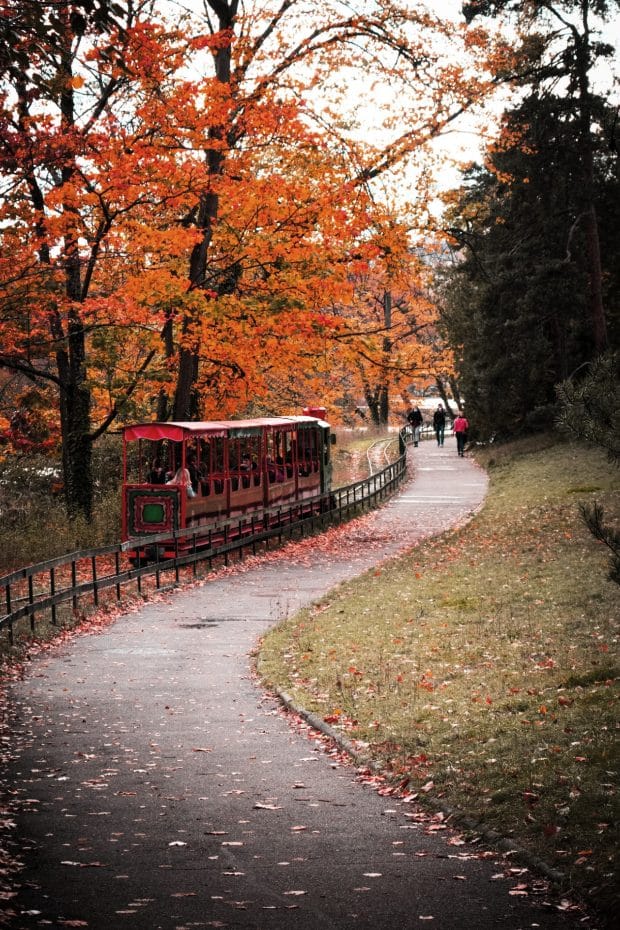
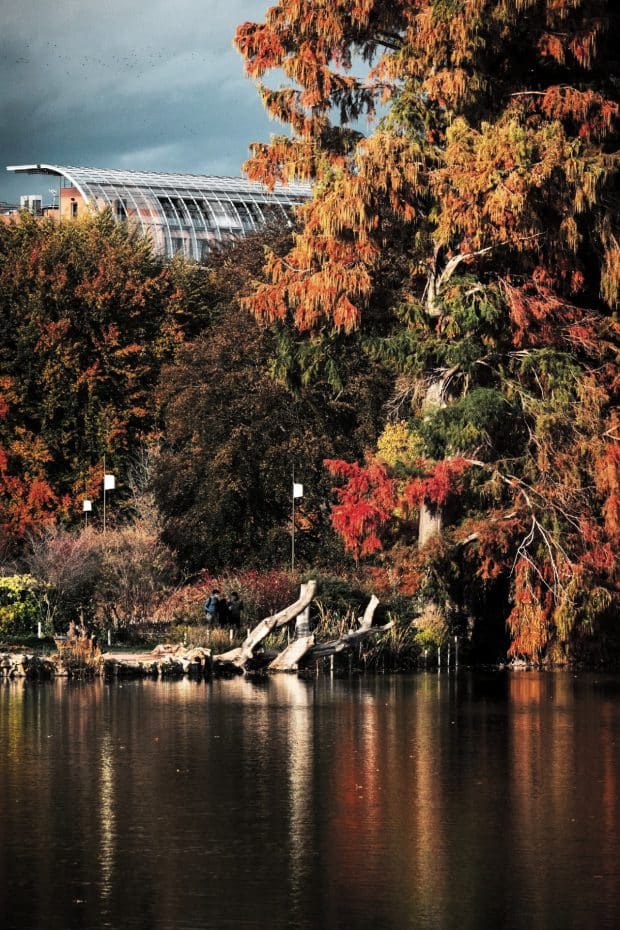
Inaugurated in 1857, this 117-hectare green area is the largest urban park in France. It is the main park in the city and attracts Lyonnaise athletes and families.
The Parc de la Tête d’Or is home to several Lyonnaise attractions, such as the city’s zoo, a botanical garden with greenhouses, and a rose garden. As expected, the park also offers many attractions and activities for children and sports lovers.
More ideas for a 2-day trip to Lyon
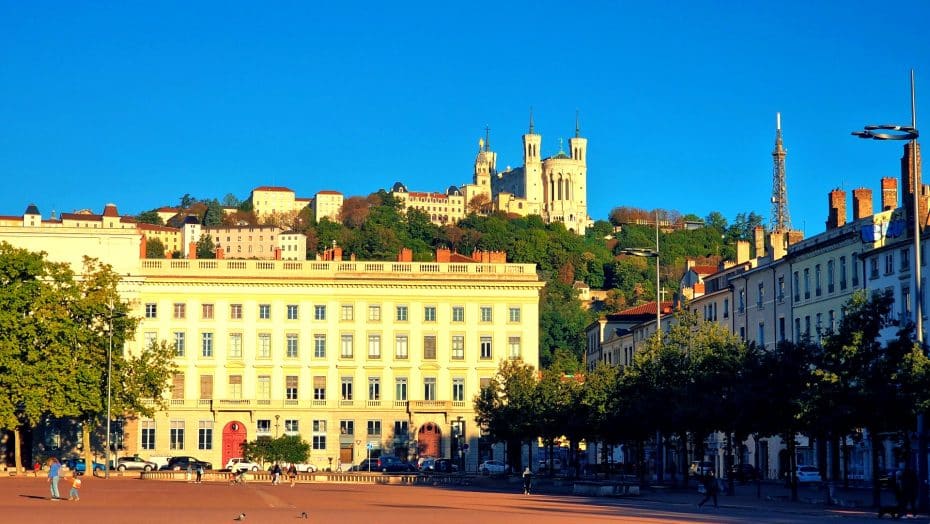
Above, we discussed our perfect travel itinerary of things to see in Lyon during a 2-day trip, but there are many other things we left out. Here are some ideas of other places you can visit:
- Musée des Confluences: The Musée des Confluences is a science and anthropology centre opened in 2014. It is famous for its deconstructivist architectural design, said to resemble a floating cloud made of stainless steel and glass.
- Loyasse Cemetery: The Loyasse Cemetery, opened in 1807, is the oldest cemetery in Lyon. It is located in the 5th district of Lyon and offers an impressive variety of funerary architecture styles in addition to a very nice view of the city centre.
- Les Halles Paul Bocuse: The Paul Bocuse market is an essential institution in the city and the main showcase of Lyon’s gastronomic excellence.
- Isle Barbe: Located in the middle of the Saône, the Île Barbe is a place to visit if you like quiet walks in nature. Here you can enjoy the remains of the Notre-Dame church and the Auberge de l’Île, a mecca of Lyonnaise cuisine.
- L’Institut Lumière: If you like the cinema, the Lumière Institute of Lyon is a mandatory stop in the city. Dedicated to the beginnings of the 7th Art, here you can learn more about the famous Lumière brothers, Louis and Auguste.
Lyon Tickets, Guided Tours & Activities
Read this post in other languages:
|ES| Qué ver en Lyon en 2 días: Consejos e itinerario recomendado.



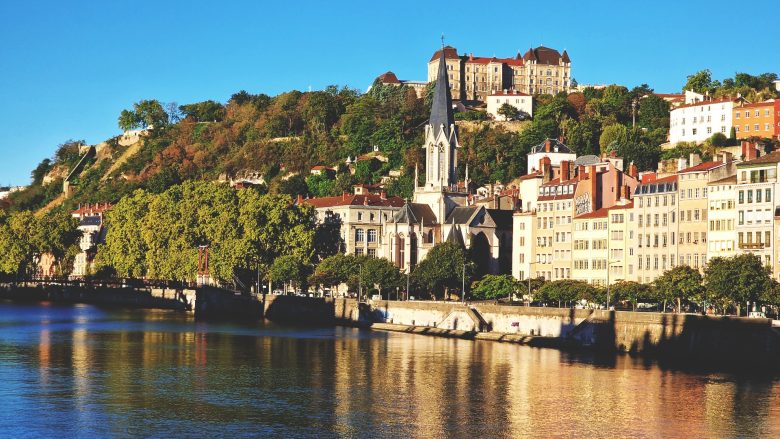
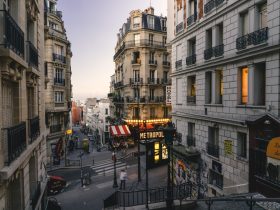
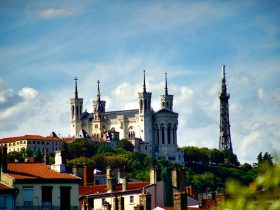

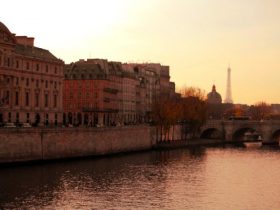



















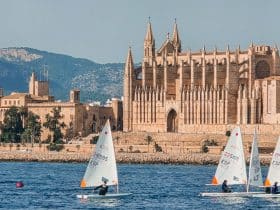
Leave a Reply
View Comments